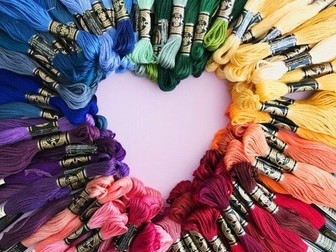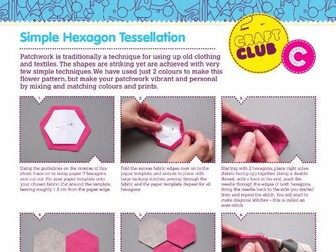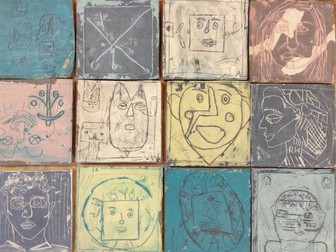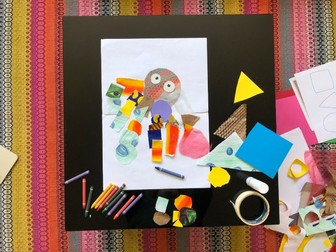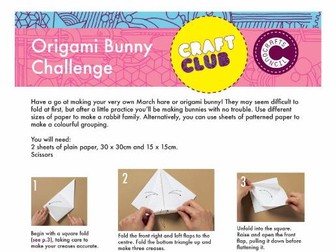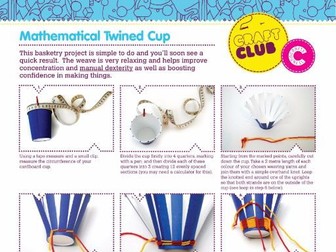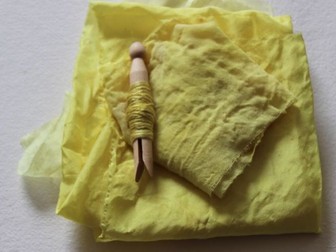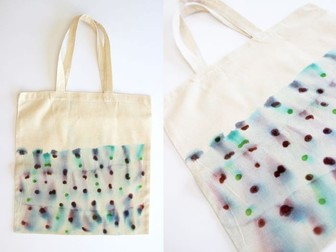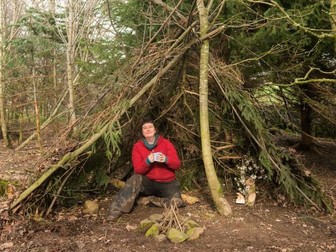Art and Craft Therapy Activities
<p>We’ve teamed up with Arts Sisterhood to put together this activity guide full of ideas for Art Therapy exercises to use with your Craft Club, with a crafty twist of course! Each activity can be tailored to suit your club members’ ability or craft interest.</p>
<p>Activities can support members who are having a difficult time, or just to give yourselves a bit of<br />
mental health TLC when things are hectic.</p>
